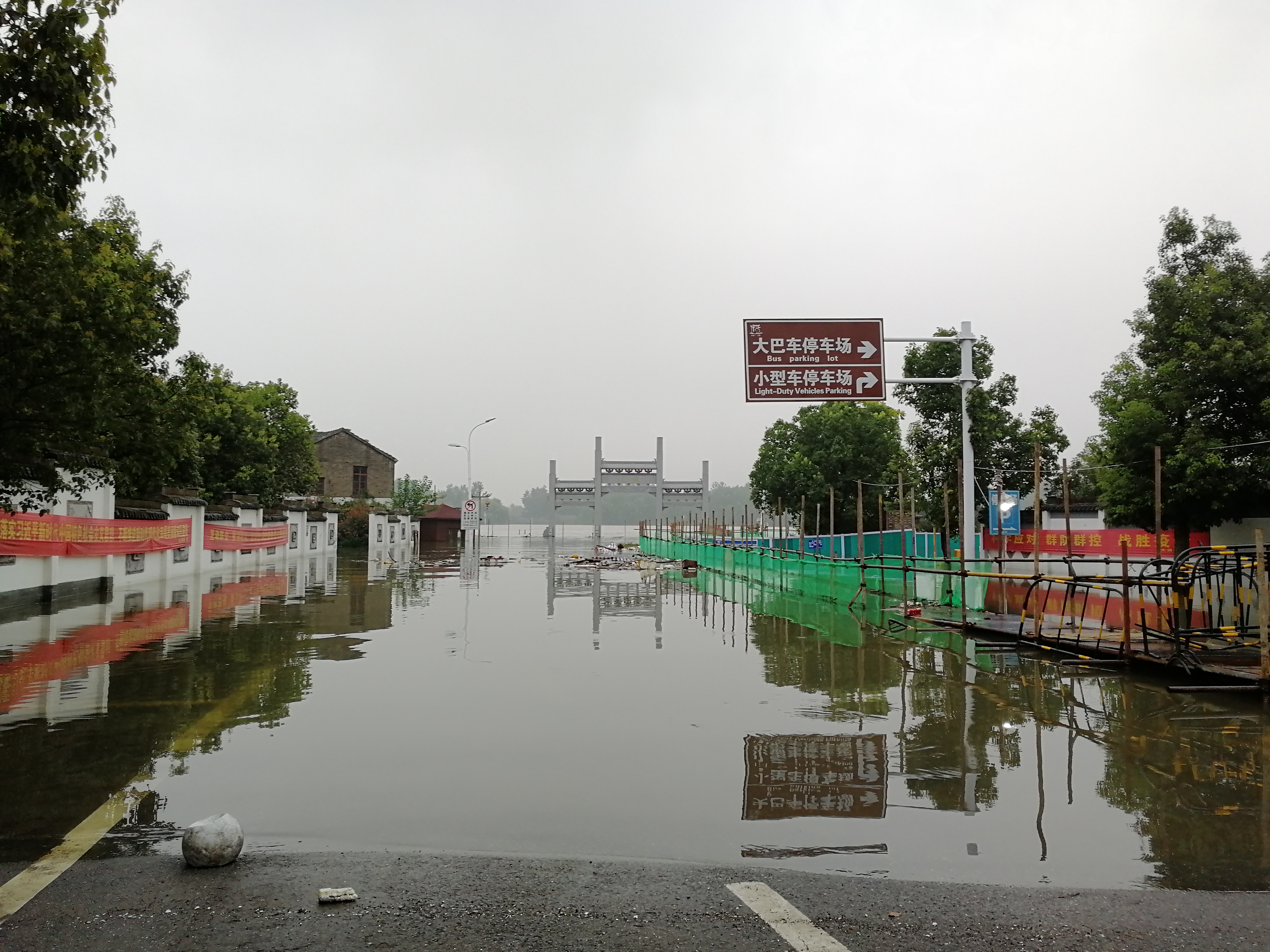 California Braces for Widespread Flooding as Rainfall Soaks State
California Braces for Widespread Flooding as Rainfall Soaks State
The entire population of California is on high alert as heavy rainfall continues to drench the state, causing road closures, evacuation warnings, and water rescues. Los Angeles, in particular, is facing significant flood threats, with part of the city on the verge of experiencing its wettest February on record.
Over 35 million people across California are currently under flood alerts, with the heaviest downpours concentrated in Los Angeles and coastal Southern California. While flood watches in parts of Northern California are set to expire on Tuesday morning, the majority of the state’s flood alerts will remain in effect until Wednesday.
Downtown Los Angeles is poised to break records for February rainfall if it receives an additional 3 inches of rain this week. The National Weather Service has predicted another 1.5 to 3 inches of rainfall across Los Angeles County, which could result in significant flooding. Emergency crews are prepared for potential power outages, mudslides, debris flows, and blocked roadways.
The impact of the heavy rainfall is evident across the state. The Santa Barbara Airport had to close temporarily due to significant flooding on the tarmac. Numerous roads throughout California are also shut down due to flooding and other weather-related conditions.
Evacuation warnings have been issued for parts of Santa Barbara County, where high-elevation areas have already received up to 9 inches of rain within 24 hours. Local officials are concerned that homes may become isolated if roads are blocked by flooding or debris, and they are urging residents to evacuate if they feel unsafe. A similar evacuation warning has been issued for a portion of southwestern Los Angeles County due to the risk of mudslides and debris flows.
In addition to flooding concerns, strong winds are threatening power outages across the state. More than 10 million people are under wind alerts, with gusts of up to 50 mph expected and some areas experiencing gusts as high as 65 mph.
Meanwhile, the Sierra Nevada region is experiencing heavy snowfall. Winter weather alerts are in effect, and up to 5 feet of snow could accumulate in certain areas by Wednesday night. High-elevation regions can expect widespread amounts of 1-2 feet of snow.
As the rain continues to pour, California is grappling with flooding, mudslides, and overflowing waterways. The saturated grounds and rising water levels are struggling to absorb the excess water, resulting in runoff flooding roads and increasing the risk of mudslides.
While the downpours are expected to become more isolated on Tuesday as the atmospheric river weakens, certain areas, including Los Angeles, still face a considerable flood threat. Major cities such as San Diego, Santa Barbara, San Francisco, and Sacramento have been designated at a slight risk of excessive rainfall, according to the Weather Prediction Center.
Residents in southwest California are being cautioned about potential mudslides and rock slides along canyon roads, as well as debris flows in areas recently affected by wildfires. Fire officials successfully rescued two individuals from a flooded vehicle in San Luis Obispo County, which was submerged in rushing floodwaters.
In Ventura County, fire personnel are working tirelessly to redirect floodwaters and protect nearby homes from damage. Videos captured by the county fire department depict torrents of murky water rushing down streets and into muddy channels maintained by fire crews.
The Bay Area is also under a flood watch until Wednesday morning, with officials providing some residents and businesses in San Francisco with 10 free sandbags as a precautionary measure. The National Weather Service in the Bay Area has urged people to avoid driving into floodwaters, particularly in Sonoma County, which has been hit hard by the ongoing storm.
Both this week’s storm and the earlier storm in February were fueled by atmospheric rivers. However, the current storm has been less extreme due to tapping into significantly less moisture than the previous one.
Fortunately, the rounds of rain are expected to subside by late Wednesday as the main storm system moves eastward into the Rockies.
As Californians brace themselves for further rainfall and potential flooding, it is crucial to heed evacuation warnings, stay informed about road closures, and take necessary precautions to ensure personal safety. The state’s emergency response teams remain on high alert to address any challenges that may arise from this ongoing weather event.
Contributors to this report include CNN’s Robert Shackelford, Steve Almasy, Mary Gilbert, and Cheri Mossburg.
